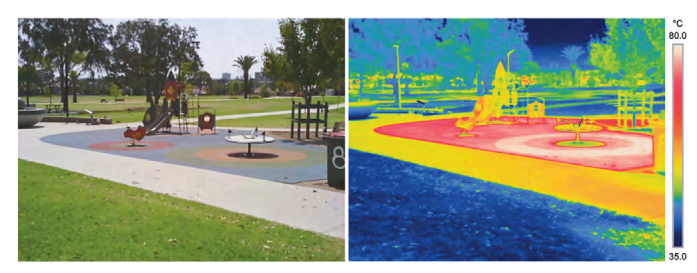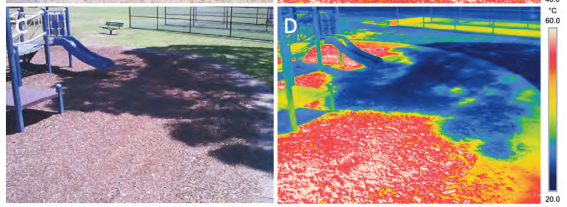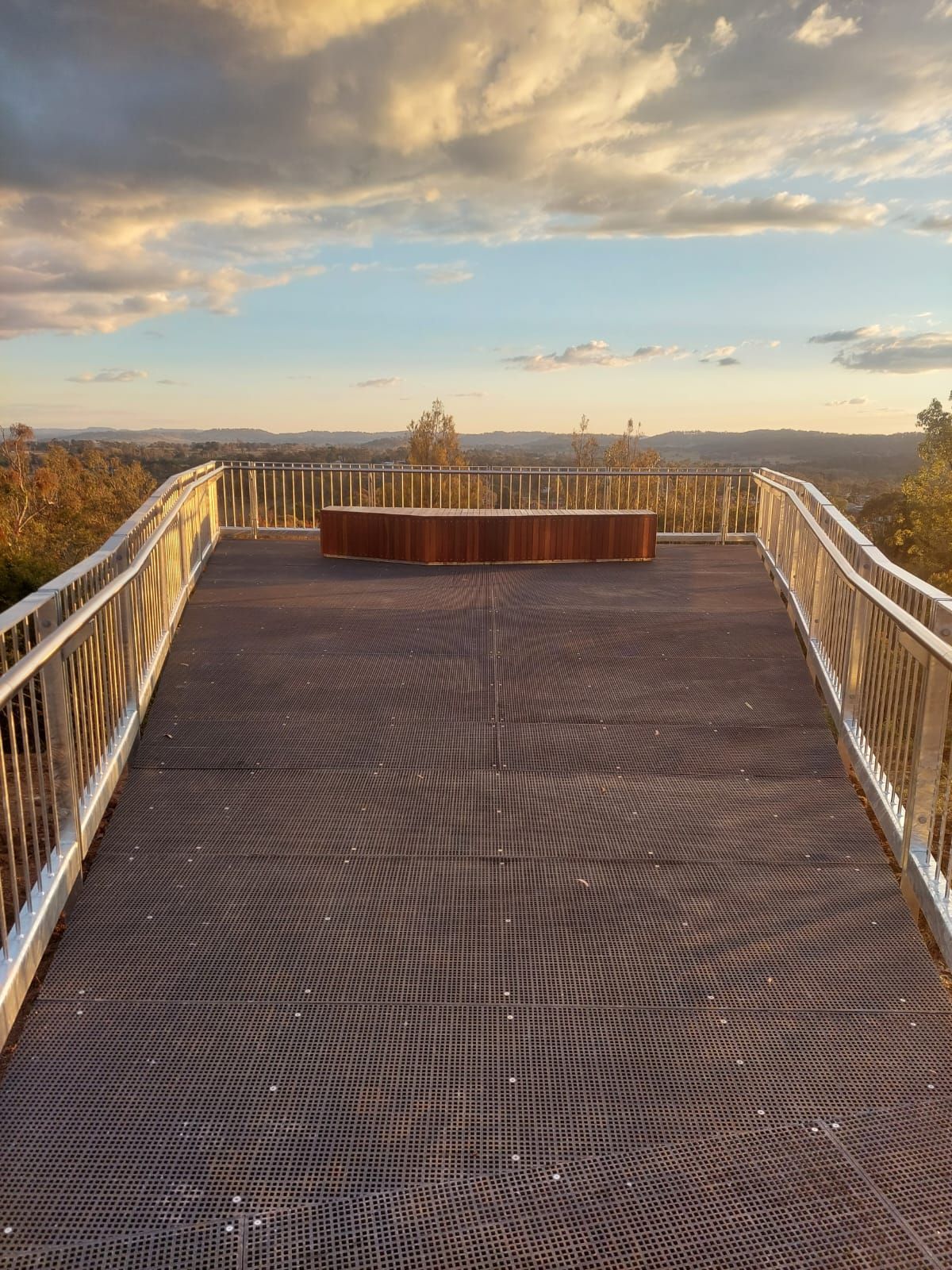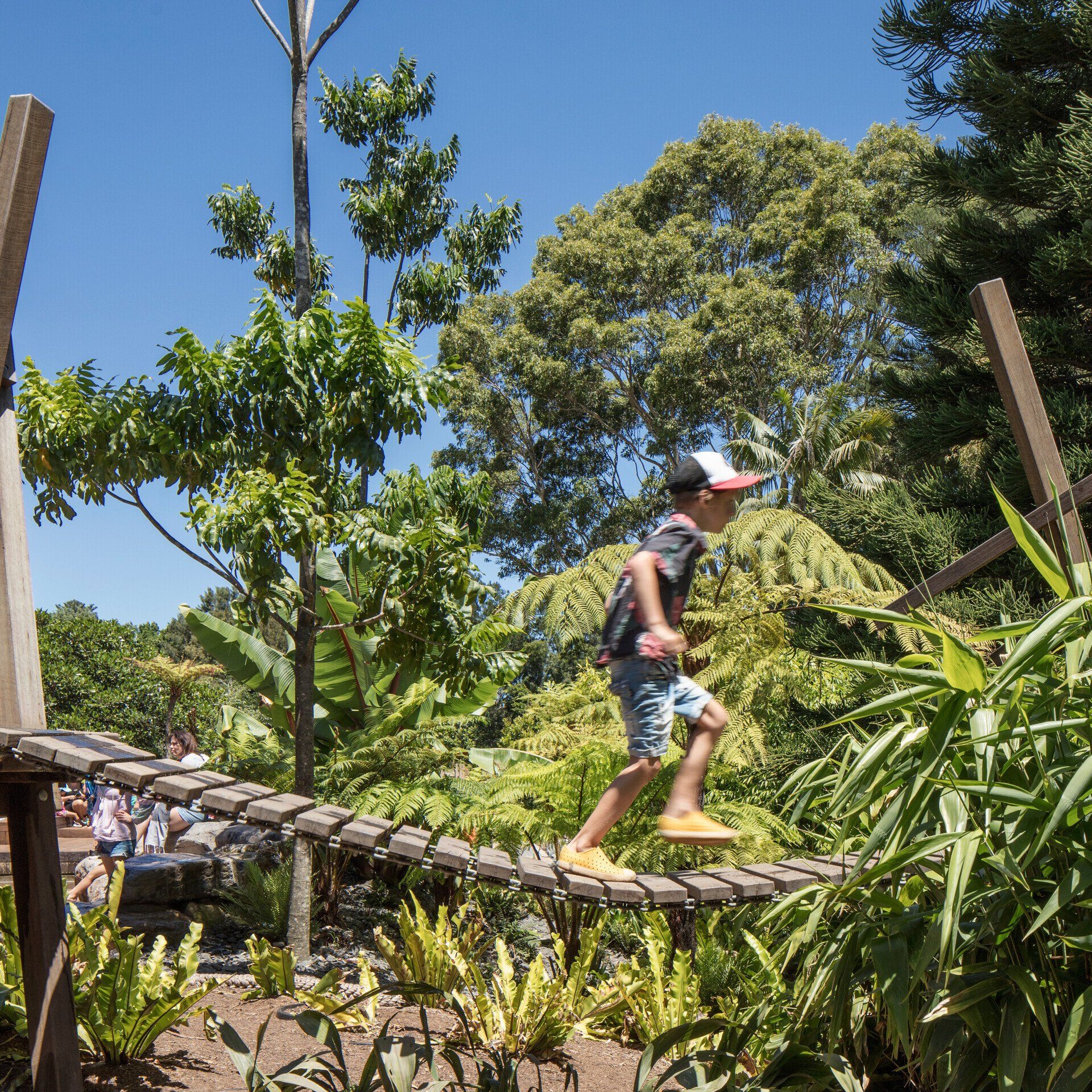Why timber is the coolest choice for public spaces
Australia’s towns and cities are warming. Increased population and housing density, coupled with reduced yard sizes and greenspaces, are placing mounting pressure on planners to find ways to reduce the ‘urban heat island’ effect in our communities, making them both cooler and safer.
Planting more trees and providing better shade are big parts of the solution. But a fascinating series of studies led by Associate Professor Sebastian Pfautsch from Western Sydney University (WSU) has shown another major contributing factor is materiality. That is, the materials our community spaces and structures are actually made from.
The heat is on.
In one of the WSU studies, Guide to Climate-Smart Playgrounds (2021), Associate Professor Pfautsch and his team used state-of-the-art infrared thermal imaging equipment and drones to investigate six separate playgrounds across the Cumberland City Council LGA in Western Sydney. The playgrounds featured a variety of structures and equipment made from coated and uncoated metals, together with different types and colours of plastic.
The study ran for two consecutive summers, 2019/20 and 2020/21, and captured more than 480 infrared images. The results frequently revealed surface temperatures of 50°C or more while, disturbingly, on multiple occasions extreme surface temperatures of more than 90°C were recorded on public play structures. It wasn’t just metal slides either – many plastic and rubber surfaces were also found to be dangerously hot – graphically demonstrating to Council the very real risk to their local community, especially for young children who are most susceptible to contact burn injuries.
The infrared image shows surface temperature by colour. The colour scale is provided on the right side of the image. Surface temperatures change nearly 50°C within a short distance from the lawn to the playground. Large differences in surface temperature of different materials exposed to the sun are visible (i.e., grass, concrete, different-coloured rubber softfall). The image was taken at 15:00 on 4 January 2020. (extracted with permission)
Designing with ‘thermal mass’ in mind.
Plastics, rubber, steel, timber, concrete, artificial grass, even natural grass. All building materials have a thermal mass. Without getting too deep into the science, this refers to the way they absorb and store ambient heat. The higher the thermal mass, the more heat a surface or structure will retain. Conversely, the lower the thermal mass, the cooler the item will remain.
From the perspective of designing public outdoor structures, the implications of this are huge. It’s another reason why we strongly advocate using natural materials such as hardwood timbers as much as possible. Unlike most traditional building materials, hardwood timber has a low thermal mass. As a result, it retains far less heat than plastics, steel and concrete – even in direct sunlight – reducing both surface temperatures and burn risks.
Increasing thermal comfort.
Designing with materials like timber to create cooler outdoor structures is great news for public safety. But, together with ensuring adequate shade and amenities are available, it can also help to make community spaces far more comfortable and inviting, directly increasing usage rates. Better still, it can help to extend the usable daytime hours of outdoor structures – even at the height of summer – which is especially important as our cities continue to grow, and warm.
“Encouraging and supporting outdoor play is particularly important today, where the daily time interval children are engaging in physical activity is contracting. However, the lack of shade and hot playground equipment make it unsafe for children to enjoy playgrounds in summer. This situation is particularly problematic in times where summer heat is increasing … which already limits the time for safe outdoor play. Now more than ever is it necessary to start building climate-smart playgrounds.” says Associate Professor Sebastian Pfautsch.
Ready to talk timber?
Perhaps unsurprisingly, when we contacted Associate Professor Pfautsch for this article, he was very keen to sing the praises of timber. “I fully support the use of wisely-resourced timber over metal, plastic and concrete.” But he also added a word of caution. “Wooden surfaces should not be painted in dark colours or varnishes, as it can take away the advantages of lower thermal mass and lower thermal conductivity, and you can get contact burns again.”
These are all critical considerations – and things Fleetwood factors into every outdoor structure we design and deliver. Timber or otherwise.
If you’re interested in exploring the possibilities for using hardwood timber on your next project, please
contact us today.
Beware the ‘Trojan Effect’
The cooling and UV-blocking effects of shade are critical to safer playgrounds. However, Associate Professor Pfautsch and his research team also found that when shade is absent, using light-coloured materials to keep surface temperatures down can produce an unwanted ‘Trojan Effect’. This refers to the observation that while surfaces with high reflectivity will have lower surface temperatures, they can lead to a reduction in thermal comfort as reflected radiation increases the ‘feels like’ temperatures.
More from Fleetwood Files.
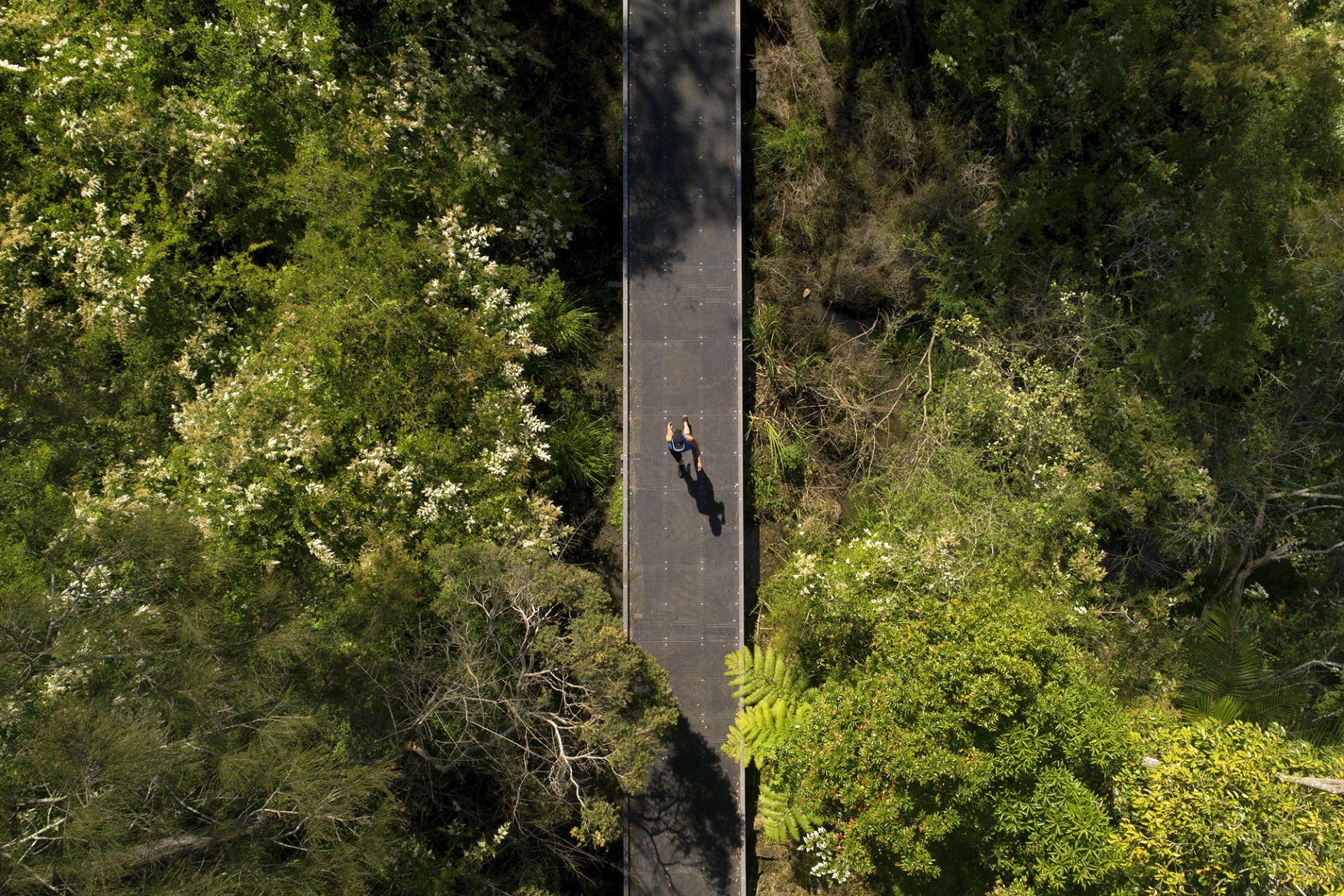
Explore
Certifications
Environmental Management : ISO14001
Quality Management : ISO 9001
OHS Management : ISO 45001
All Rights Reserved | Fleetwood Urban | Privacy Policy


